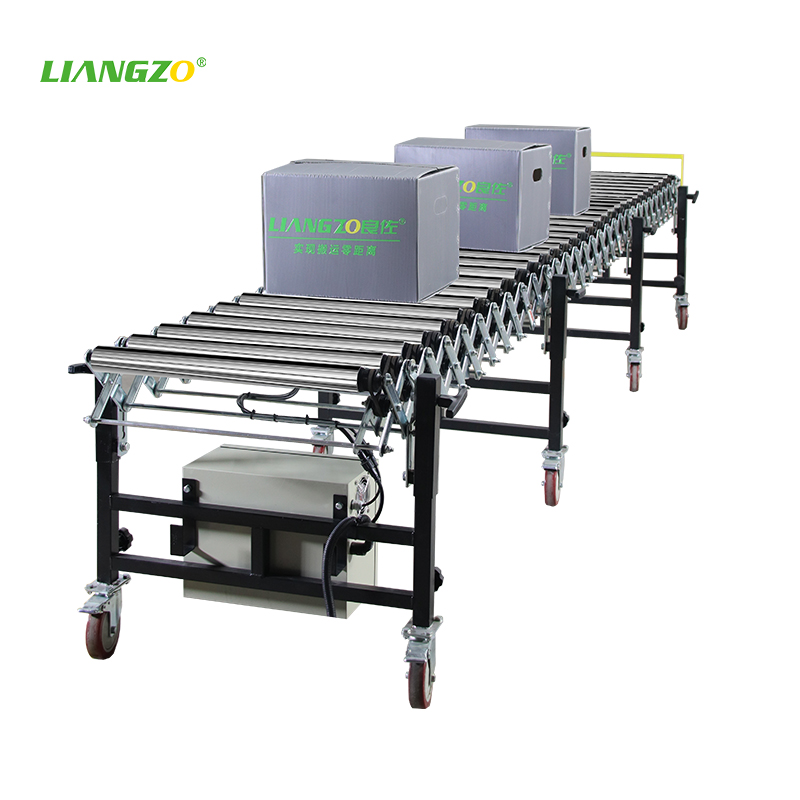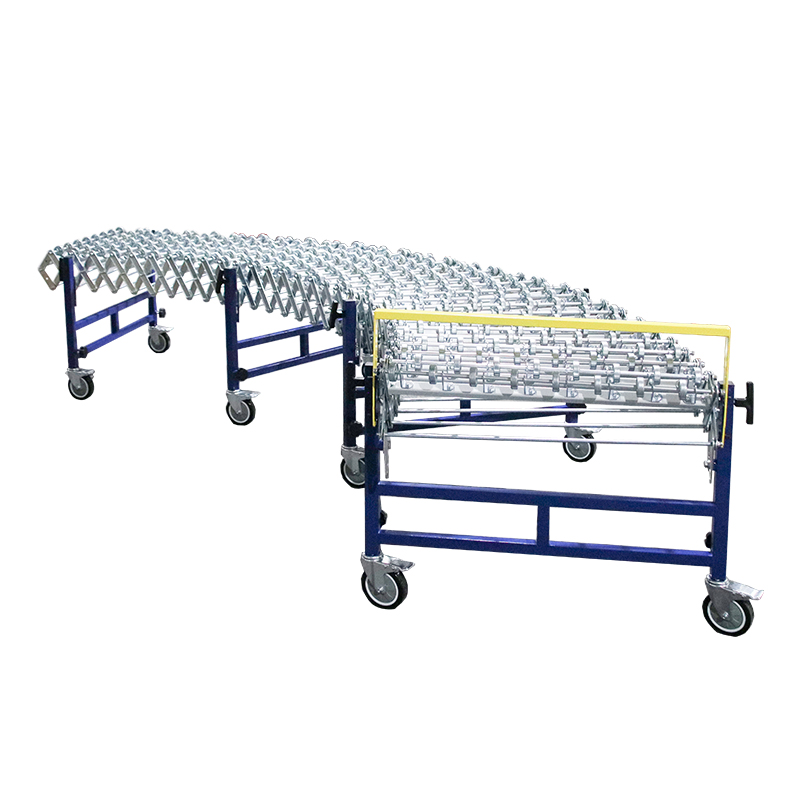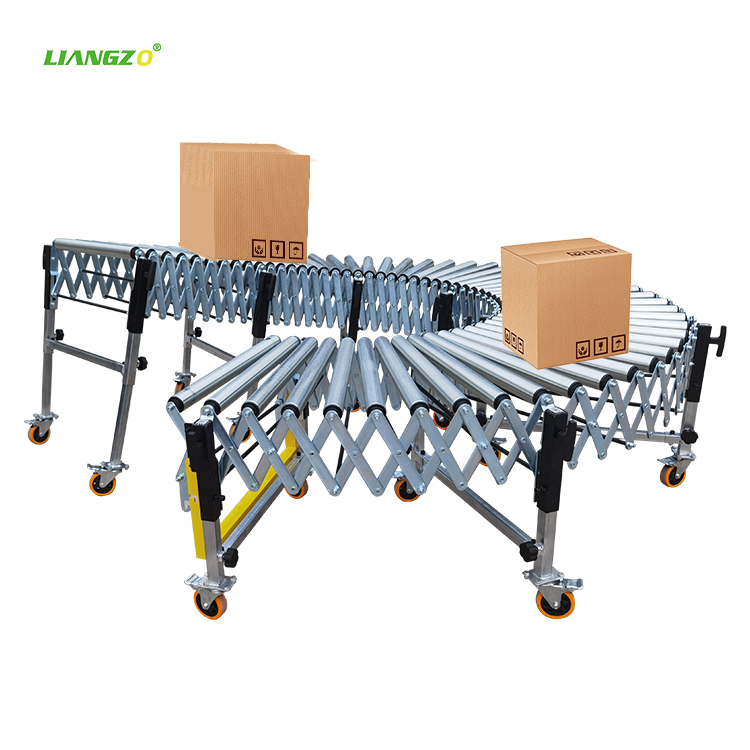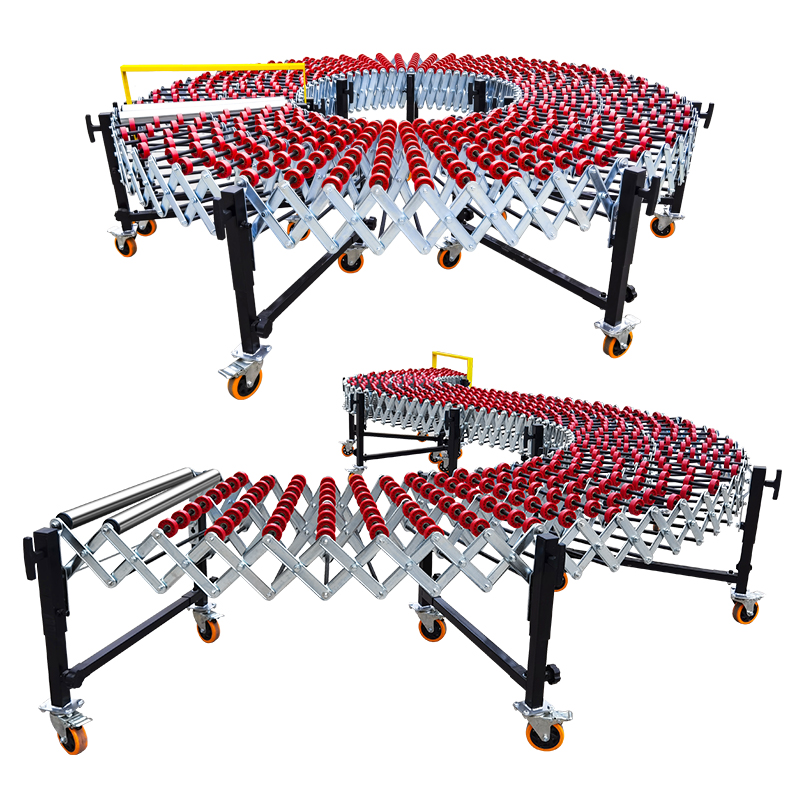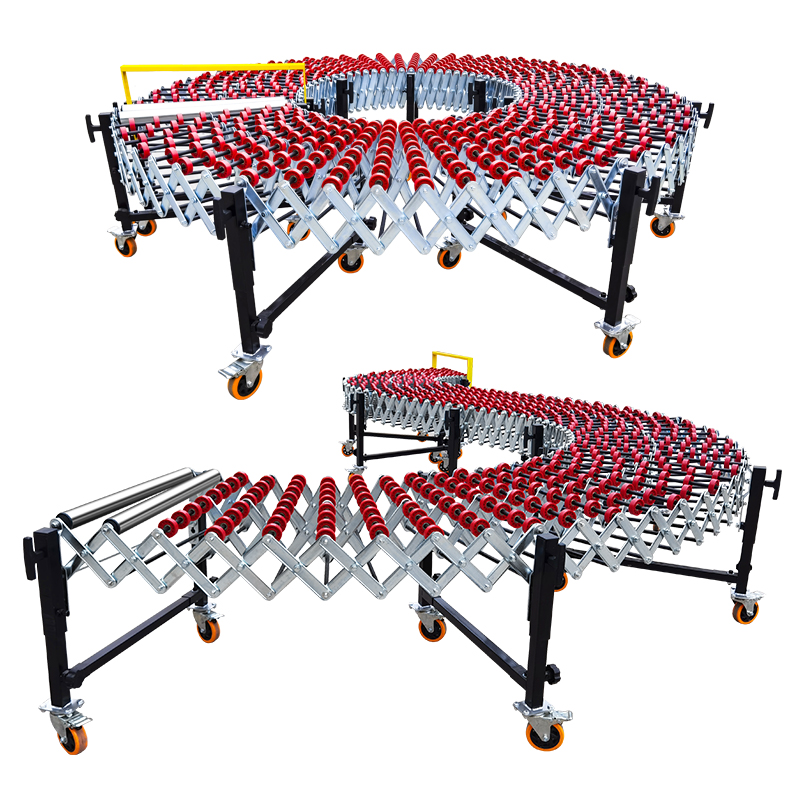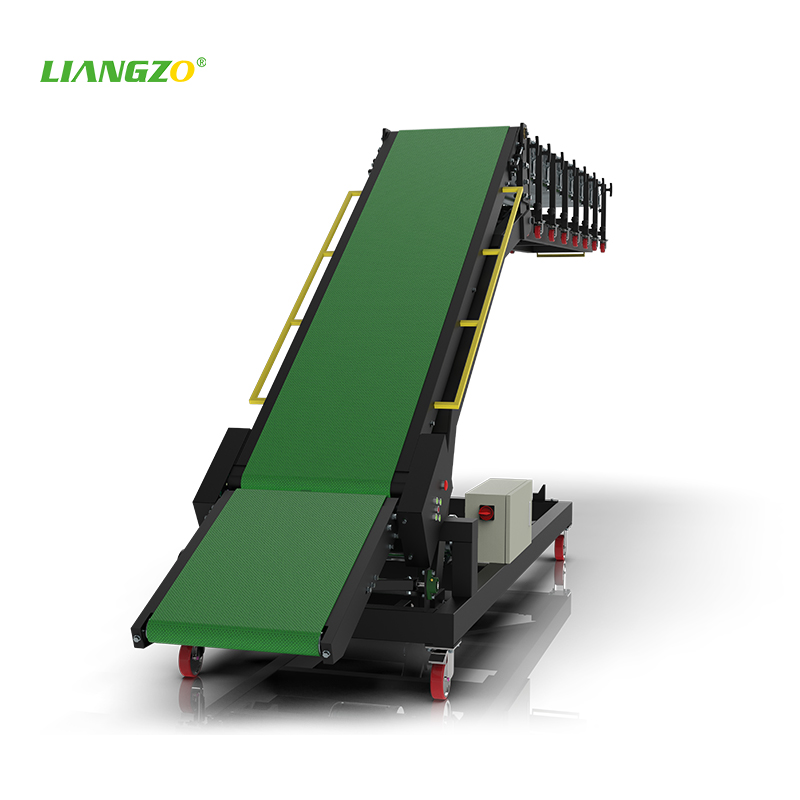In the fast-paced world of modern logistics, where speed and efficiency are paramount, the truck loading conveyor (TLC) stands out as a transformative piece of technology. This system has redefined one of the most labor-intensive and time-consuming aspects of supply chain operations: moving goods from the warehouse into the transport trailer. But what exactly is it, and how does it fundamentally work?
What is a Truck Loading Conveyor?
A Truck Loading Conveyor is not merely a long belt. It is a sophisticated, extendable conveyor system designed to create a seamless, automated bridge between the warehouse floor and the interior of a shipping trailer or container. Installed at the loading dock, its core component is a telescopic boom that can extend deep into a truck, reaching the farthest corners without manual intervention.
Think of it as a robotic arm for your entire cargo flow. It consists of a sturdy base unit, the multi-stage telescopic arm, a motorized conveying surface (which can be a belt or rollers), and an intuitive control system, often a wireless remote. This integration of components transforms a chaotic manual process into a smooth, automated assembly line.
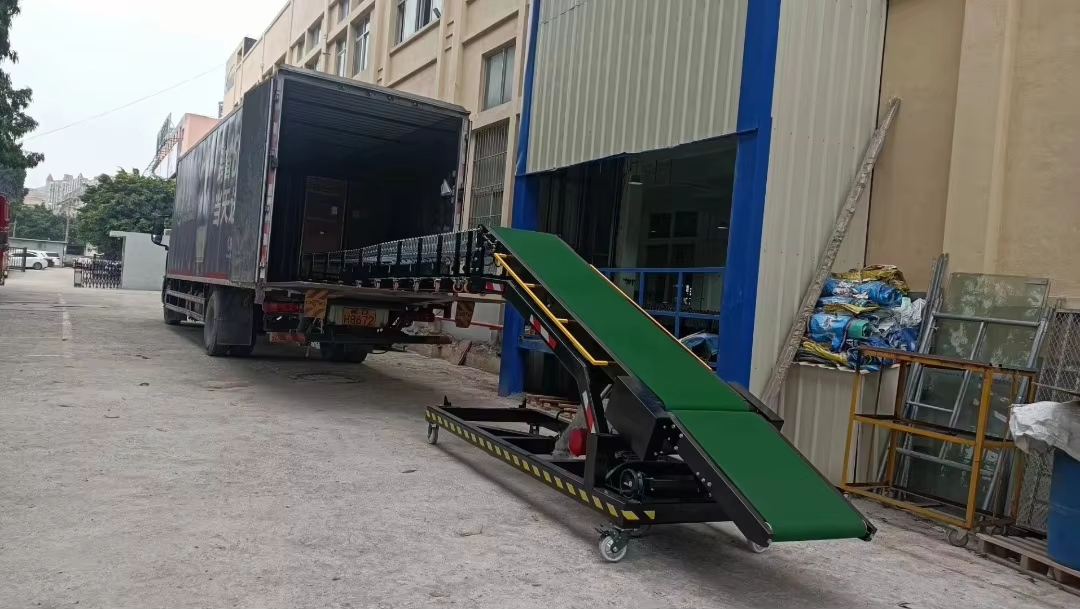
The Mechanics of Efficiency: How It Works
The operation of a TLC is a marvel of engineering simplicity, delivering powerful results. The process can be broken down into clear, efficient phases:
Deployment: The process begins once a trailer is securely positioned at the dock. With a command from the operator, the telescopic boom gracefully extends from its base, traveling through the dock door and into the trailer. It positions itself perfectly, creating a continuous pathway for goods.
The Loading Flow: This is where the system showcases its versatility.
For Palletized Goods: Pallets are transferred from the warehouse conveyor onto the TLC. The operator uses the remote to index the conveyor forward, placing each pallet precisely into its designated spot inside the trailer. This eliminates the need for a forklift to enter the trailer, saving time and reducing risk.
For Loose Cartons: This is the TLC's most efficient mode. Cartons flow continuously from the sortation system onto the conveyor. The true genius is in the "spurting" function. The conveyor doesn't just sit still; it automatically extends and retracts in a specific pattern, depositing boxes in an organized, layered manner. This builds a stable, dense load that maximizes trailer space and prevents damage during transit.
Bidirectional Operation: A key advantage of the TLC is its ability to reverse the process for unloading. Incoming trailers can be unloaded with the same system, transporting goods from the trailer back into the warehouse, slashing turnaround times for both inbound and outbound logistics.
Completion: Once the trailer is full or empty, the operator simply retracts the boom back into its base, clearing the dock for the next truck. The entire operation is faster, cleaner, and more controlled than any manual method.
Why It's a Strategic Imperative: The Core Benefits
Adopting a Truck Loading Conveyor is not just an equipment upgrade; it's a strategic decision that delivers a compelling return on investment across several key areas:
Dramatic Productivity Gains: The most immediate impact is speed. A TLC can load or unload a trailer in 15-20 minutes—a task that might take a manual crew 45-60 minutes. This radical reduction in dock detention time means trucks spend less time idle, drivers can complete more routes, and warehouses can handle significantly higher volumes without expanding their footprint.
A Leap in Workplace Safety: The loading dock is a high-risk area. Manual lifting leads to back injuries and strains, while forklift operations in confined trailer spaces pose collision risks. The TLC removes workers from these hazards. There is no heavy lifting and no need for personnel to work inside the trailer. This leads to a drastic reduction in workplace injuries, lower insurance costs, and improved employee morale.
Superior Load Quality and Space Utilization: Human loaders can be inconsistent. An automated TLC, especially when guided by software, builds a perfect load every time. By strategically placing packages, it minimizes empty space and creates a tight, interlocked wall of cargo that is far less likely to shift or collapse during transport. This means more products can be shipped in each load (reducing transportation costs) and arrives at its destination intact (reducing damage claims).
Labor Optimization and Cost Savings: While an initial investment is required, the long-term savings are substantial. A single operator can manage the entire loading process, freeing up a team of laborers for more value-added tasks elsewhere in the facility. This optimization of human resources, combined with savings from reduced product damage and faster truck turnaround, creates a powerful financial case for the technology.
The Future is Automated
The truck loading conveyor is a cornerstone of the modern, automated distribution center. Its role is evolving with advancements in Artificial Intelligence (AI) and the Internet of Things (IoT). The next generation of TLCs will integrate with warehouse management systems to automatically receive loading plans, use 3D vision systems to scan trailer space, and execute the entire loading process with minimal human input.
In conclusion, the Truck Loading Conveyor is far more than a simple conveyor. It is a powerful tool that directly tackles the core challenges of modern logistics: the need for speed, the demand for safety, and the pressure to control costs. By automating a critical bottleneck, it transforms the loading dock from a source of delay into a hub of efficiency, proving itself as an indispensable asset for any forward-thinking logistics operation.


